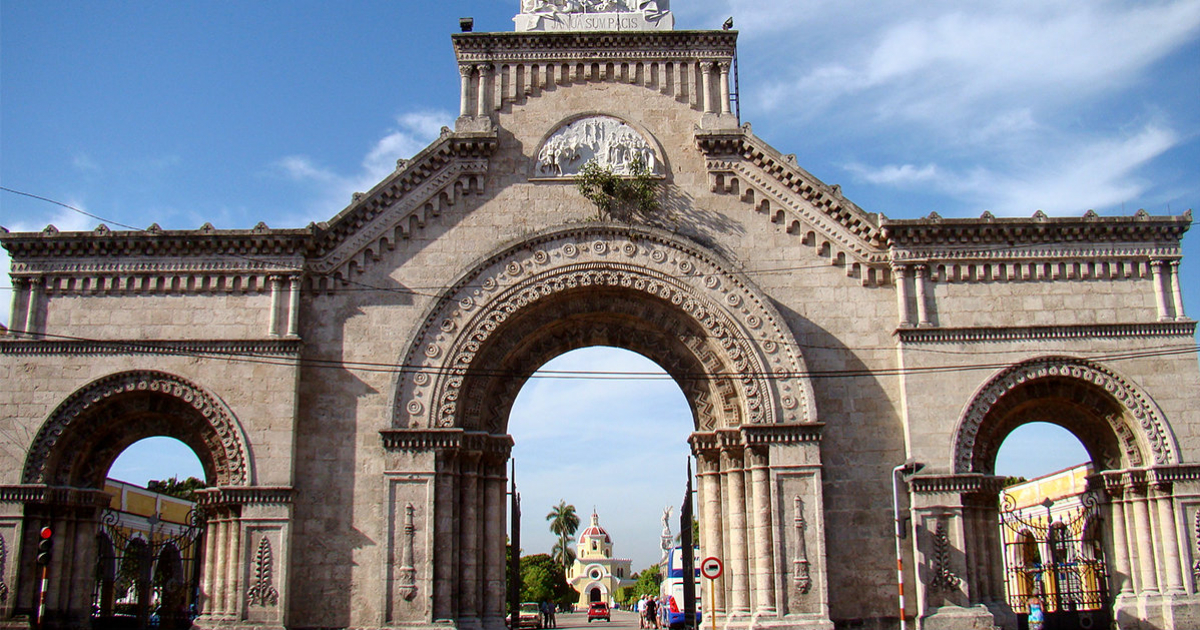In recent years, Colón Cemetery in Havana has been the scene of numerous reports concerning grave desecration, an act that has sparked outrage and pain among the families of the deceased. However, a new concern has recently emerged among visitors and workers: daylight assaults within the cemetery grounds.
An anonymous cemetery worker shared with CubaNet the dangers faced by tourists visiting the necropolis and the measures being implemented to try to mitigate these risks. "Criminals jump over the walls and hide inside the cemetery to watch tourists and rob them of their jewelry and other valuables. They threaten them with knives and other sharp weapons," she explained.
This worker also mentioned that, due to the dangerousness of the area, foreign visitors are warned about the risks of venturing into certain parts of the cemetery. "When foreign visitors pass through the cemetery, they are advised to be cautious and avoid the more secluded areas where criminals might be hiding," she added.
Security Concerns Amid Historical Decay
Despite the presence of a police patrol near the cemetery, the criminals continue to act with impunity. "The criminals seem like ninjas when they leap over the walls to rob tourists or anyone carrying valuables," the worker recounted, highlighting the skill and speed with which these individuals operate.
Additionally, a guard working at the cemetery's entrance pointed out that the installation of surveillance cameras has been partial and insufficient. "They've only partially installed the cameras, but they are needed throughout the entire cemetery. We already know that graves have been desecrated for religious purposes or to rob from the corpses, but crimes against people have increased, and there's little we can do because this cemetery is almost like a city," the guard explained.
Founded in 1871 and declared a National Monument in 1987, Colón Cemetery is an architectural and historical treasure of Cuba. The cemetery spans 57 hectares and houses more than 800,000 graves, mausoleums, and monuments, many of which hold significant artistic value.
Designed by Spanish architect Calixto de Loira, the cemetery is renowned for its impressive neoclassical entrance and a rich collection of sculptures that reflect a mix of artistic styles, from neoclassical to modernist. In recent years, the largest and most important cemetery in Cuba, and one of the most notable in Latin America, has faced the same decline that permeates all aspects of Cuban life: deterioration of graves, desecration of tombs, families attending infamous exhumations, and a long list of unfortunate situations.
In February of this year, a Cuban documented the presence of a ditch filled with exposed human bones at Colón Cemetery.
Frequently Asked Questions About Safety in Havana's Colón Cemetery
Given the rise in assaults and robberies at Colón Cemetery, many visitors have questions about safety and security measures. Below are some common questions and answers to help address these concerns.
What safety measures are in place at Colón Cemetery?
While there is a police patrol in the vicinity of the cemetery, the installation of surveillance cameras has been partial and deemed insufficient. Visitors are advised to avoid secluded areas and remain cautious.
What should tourists do to stay safe while visiting Colón Cemetery?
Tourists should stay in well-populated areas, avoid carrying valuables, and be aware of their surroundings. They are also advised to heed warnings from local workers about which areas to avoid.
Are there plans to improve security at Colón Cemetery?
While there have been some efforts to install surveillance cameras, more comprehensive measures are needed to cover the entire cemetery and effectively deter criminal activity.
